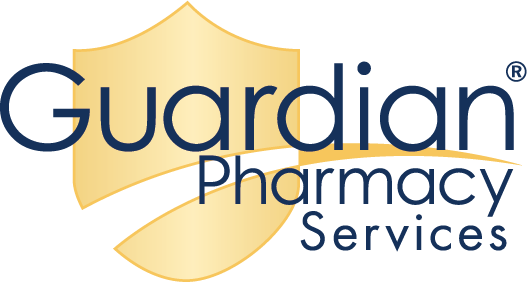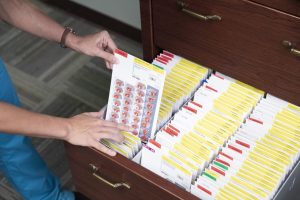“As the COVID-19 global pandemic continues, so does the nation’s opioid epidemic,” according to a brief (see below for PDF) from the American Medical Association. Due to secure medication management processes, residents in long-term care (LTC) facilities are mostly sheltered from the direct effects of the opioid epidemic. However, there are a variety of indirect effects on these seniors, including regulatory and payor changes affecting access, misapplication of pain management guidelines, and drug diversion. The LTC setting, like all health-care settings, is by its very nature high-risk for drug diversion. There are ample opportunities for staff members to divert; during receipt of drugs, procuring drugs from storage, drug preparation, drug administration, direct patient care and wasting. While care centers are laser-focused on infection prevention and control amidst COVID-19, an employee intent on diverting controlled substances may see a prospective opportunity.
Diversion has multiple victims including the individual diverting, the resident whose drugs are being diverted, co-workers and employers. The primary focus of providers is reducing the risks to residents. These risks include the potential for residents not to receive their ordered pain medications, to receive a substitute drug, or potential resident harm from care provided by impaired staff. Additional concerns include the adverse effects on both residents and coworkers from high staff turnover.
Clinical consultant pharmacist at Guardian Pharmacy of Missouri, Bethany Bramwell, RPh, BCGP, recently responded to a request from an assisted living facility for a review of their narcotic medication processes in response to theft of narcotics by an employee. The home had a comprehensive program to prevent, detect and report diversion. Their policy covered every step of the drug distribution chain.
“What they did right,” said Bramwell, “was to foster a culture and system of accountability which focused on zero tolerance for incomplete record keeping and early recognition of signs of diversion.”
With this robust program and oversight, how did the theft occur?
“There is often an over-reliance on record-keeping and automation to detect diversion,” said Bramwell. “This was a great example in that it wasn’t a gap in record-keeping or inventory, but a change in the employee’s behavior that prompted the inquiry by the director of nursing.”
The human element for an effective Drug Diversion Prevention Program cannot be underemphasized. In this case, the employee began displaying uncharacteristic attentiveness to specific residents and overt acts of kindness to fellow employees, such as bringing in drinks then declining to accept payment for them. This shift in routine was a red flag to the home’s observant leadership team, which subsequently began monitoring the employee’s medication administration activities.
Culture and access are the two key factors in drug diversion, said Bramwell. Preventing and detecting diversion requires addressing both elements. Identifying gaps in processes and oversight, then targeting the program to address those gaps ensures a solid system is in place. Fostering a culture of accountability and recognition, and reporting signs of diversion also helps discourage attempts to mishandle resident medication.
For more information on evaluating your care center’s Drug Diversion Prevention Program, contact Bethany Bramwell, RPh, BCGP at Bethany.bramwell@guardianpharmacy.com/heartland.








